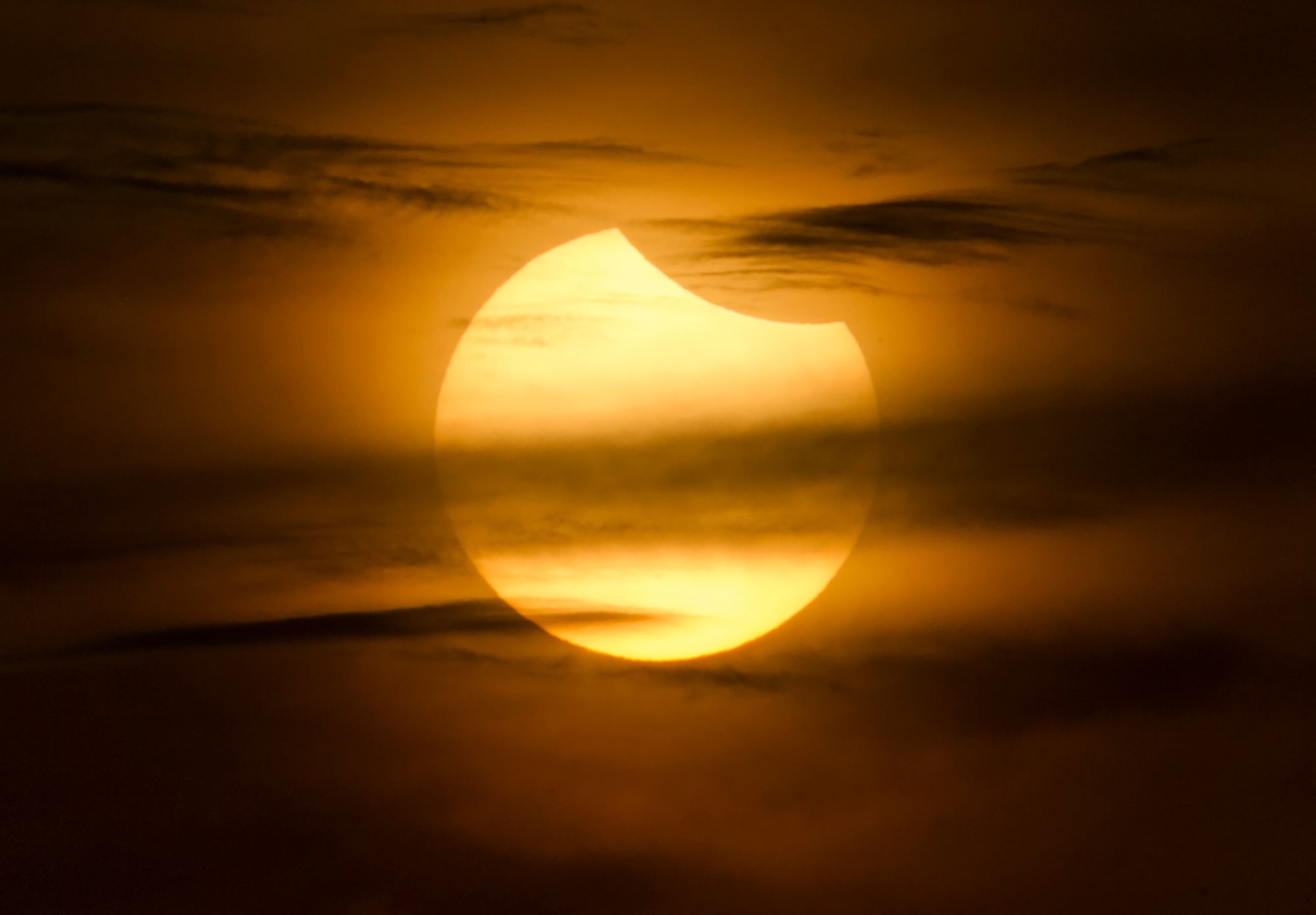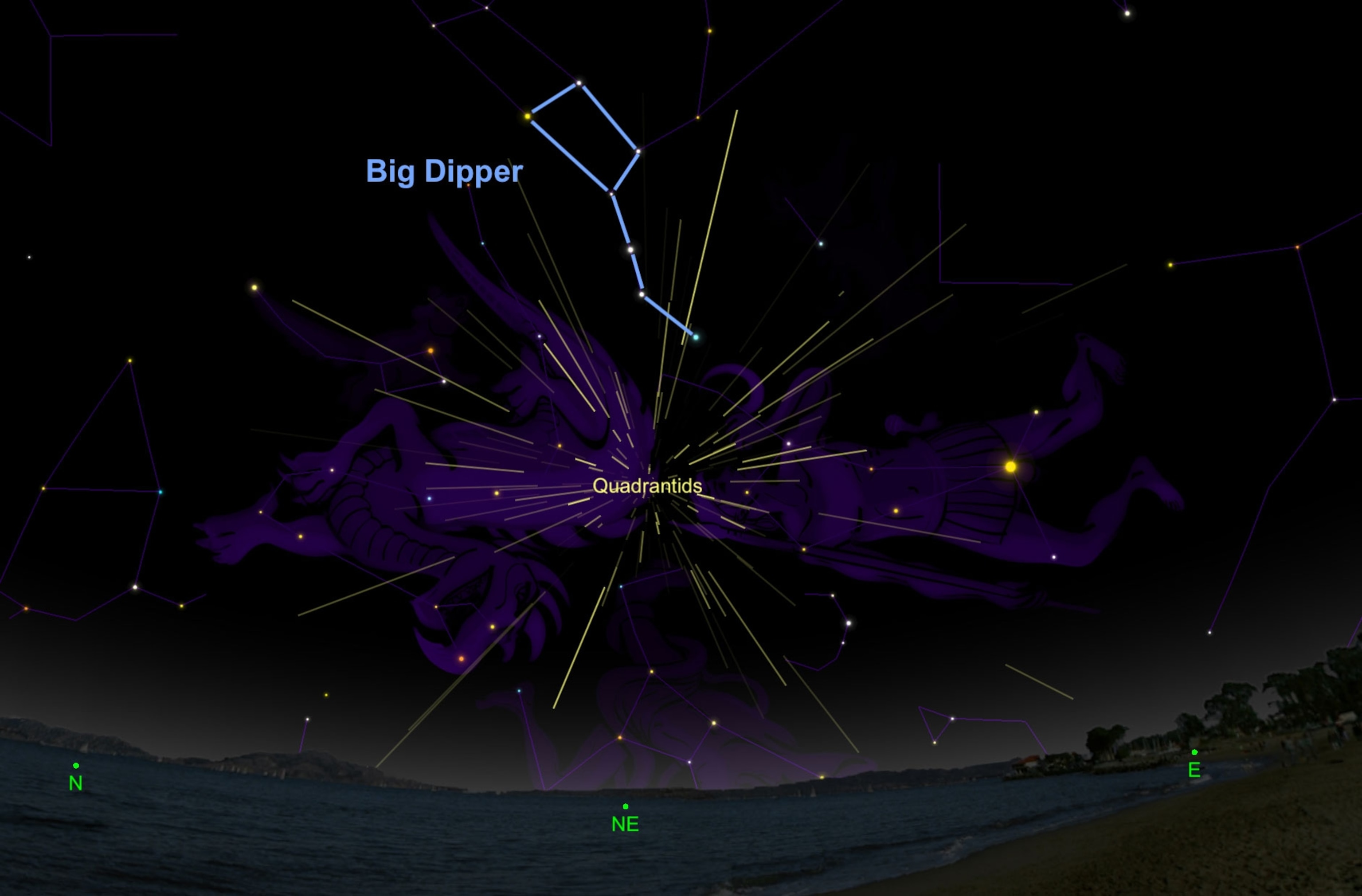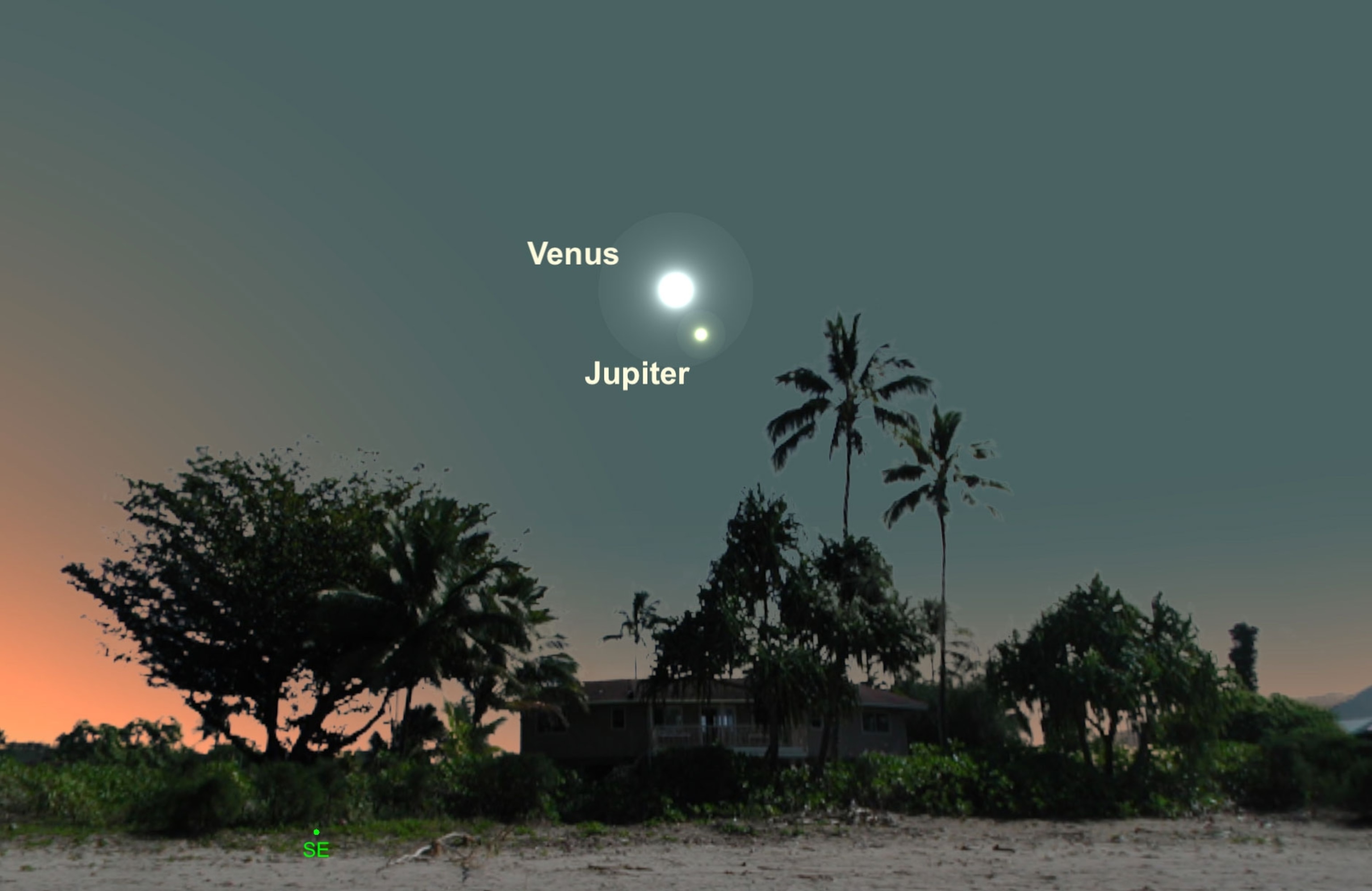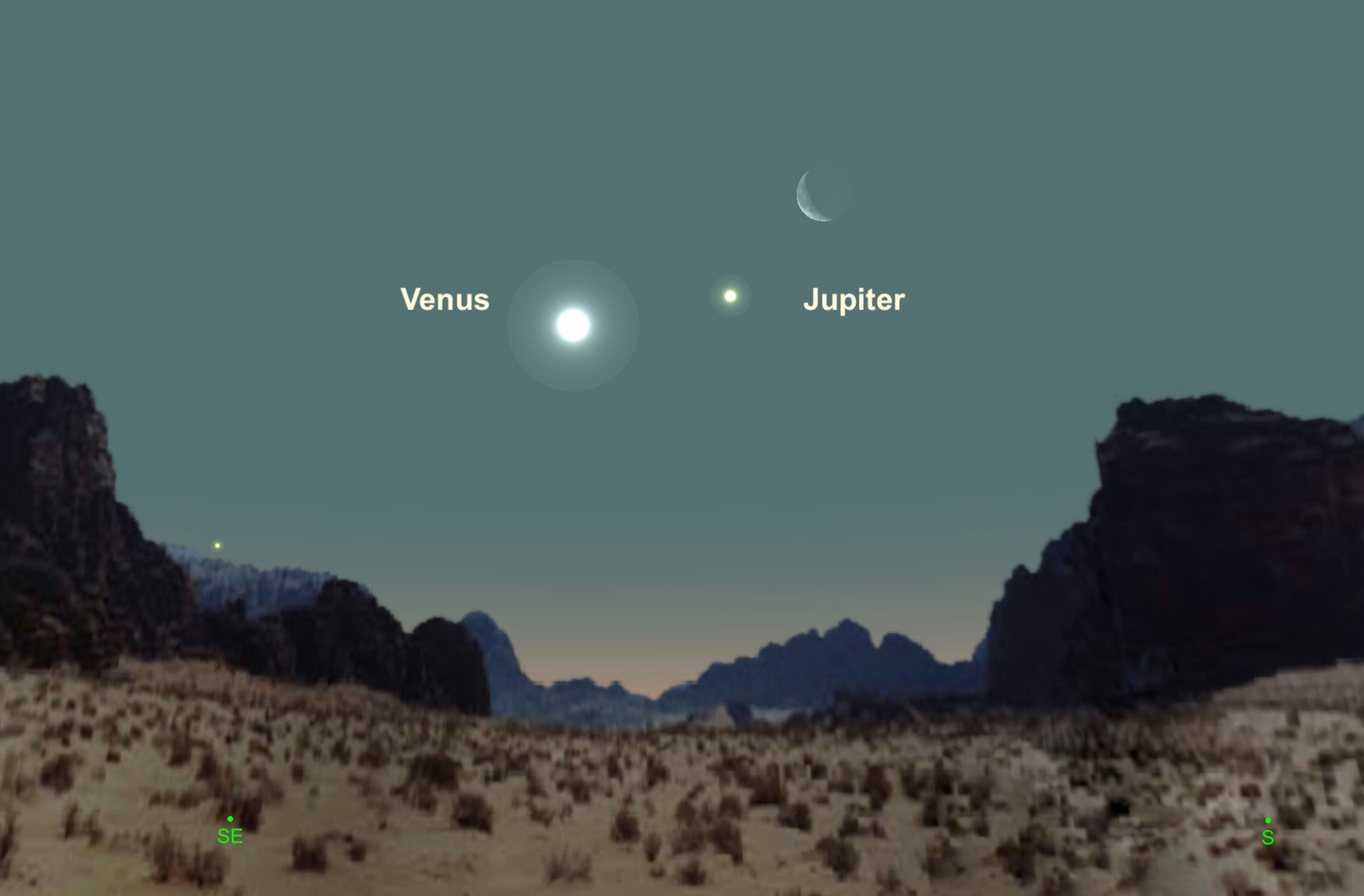
Dueling eclipses, and more top sky-watching events in January
Ring in the new year with a sparkling meteor shower, a pair of eclipses, and a planet parade.
The new year starts off with a bang thanks to 2019’s best celestial fireworks show, followed by eye-catching planetary encounters and an eerie wolf moon eclipse.
So, if your holiday haul included new binoculars or telescopes, mark your January calendar and get ready to try out your stargazing gear!
Earth at perihelion—January 3
If you ever thought Earth’s orbital distance from the sun controlled the temperature, this day should convince you otherwise. Earth’s path around the sun is not a perfect circle, and the planet gets nearer and farther from the star over the course of a year.
At 12:20 a.m. ET on the 3rd, our planet will reach its closest point to the sun for all of 2019. At this so-called perihelion, the two bodies will be just over 91 million miles apart—three percent closer than they will be at their farthest point, or aphelion, in July.
The Northern Hemisphere’s cold temperatures at this time of year actually arise because the planet is tilted on its axis, and this side of the globe is tilted away from our parent star.
New Year meteor shower—January 3-4

In the predawn hours of January 4, the first meteor shower of the year, the Quadrantids, will reach its peak. Rates this morning will range from 60 to 120 shooting stars an hour when seen from a dark location. This year, a waning crescent moon should provide ideal conditions for seeing even faint meteors under clear skies.
The meteors will appear to radiate from the northeast sky, just off the handle of the Big Dipper. This is the site of Quadrans Muralis, a constellation that’s no longer recognized by astronomers but which gave the Quadrantids their name. (How well do you know the constellations? Take our quiz.)
Partial solar eclipse—January 5-6
For some lucky sky-watchers, the year’s first new moon will seem to take a bite out of the sun. The partial solar eclipse will begin at sunrise in Asia, starting in China at 7:34 a.m. local time (23:34 UT on January 5) and moving across Japan, Korea, and Russia. Four-and-a-half hours later, it will cross Alaska’s Aleutian Islands at local sunset (3:48 UT on January 6). People in the Americas, Africa, and Europe will unfortunately miss the sky show.
Super blood wolf moon eclipse—January 20-21
Late on the 20th, Earth's dark shadow will creep over the full wolf moon, turning the silvery orb blood red during the year’s only total lunar eclipse. By cosmic coincidence, this full moon will also be especially close to Earth that night, making it a so-called supermoon.
Totality, or total coverage of the moon, will begin at 11:41 p.m. ET on January 20 (4:41 UT on January 21) and will last for 62 minutes. The entire 3.5-hour event—including partial eclipses before and after totality—will be visible from the Americas, Greenland, Iceland, western Europe, and western Africa. Sky-watchers in eastern Europe and eastern Africa will witness only the partial eclipse, while people in most of Asia will not see any part of the sky show.
Stay tuned for our complete eclipse viewer’s guide later this month.
Venus joins Jupiter—January 22

Two of the brightest planets visible in Earth’s skies will join forces in a spectacular conjunction at dawn. Hazy Venus and huge Jupiter will appear to be separated by only two degrees, so that the brilliant duo will dominate the southeastern sky. As a bonus observing challenge, look carefully to the pair’s lower right to find the orange-hued stellar jewel, Antares, the lead star in the constellation Scorpius.
Trio of worlds—January 30-31

Early-bird sky-watchers will be treated to a stunning celestial trio at dawn on the 30th, as the waxing crescent moon glides into a tight formation with Jupiter and Venus. By the night of the 31st, the moon will be less than two degrees from Venus. That is about equal to the width of your thumb held at arm’s length, making it a visually striking conjunction not to be missed.
Clear skies!





